Minna Lanz
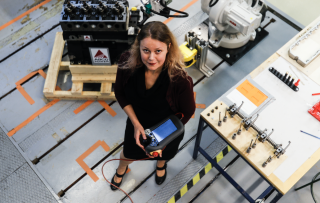
Minna’s group focuses on industrial automation and manufacturing. Her recent research interests are related to Industry 4.0 and, in particular, to make industrial environments where robots and humans can safely collaborate. Minna runs large EU funded projects where research is conducted in close collaboration with industrial partners and other universities in Europe.
Jose Luis Martinez Lastra
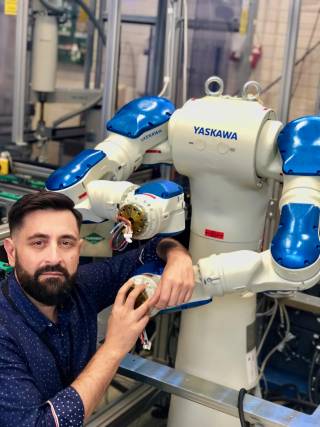
Jose L. does research in Automation, Industrial Informatics, Industrial Cyber-physical Systems, Robotics and Artificial Intelligence (Knowledge Representation and Reasoning Machines). Jose L. has strong experience in leading large international projects in the fields of robotics, for example, more than 18 European Research Projects, and he has also international positions such as the CINTECX Director (The Industrial Technologies and Energy Research Center) in Vigo (Spain) . The main application domains for Jose L. research are: Factory Automation, Healthcare Automation and Smart Mobility. Jose Luis currently works as (Full) Professor of Factory Automation at FAST-Lab.
Tatiana Minav

Tatiana Minav and her team are specialized to hydraulics. Zonal Hydraulics is a promising key technology for the electrification and automation of non-road mobile machinery. In this scope, the energy efficiency of actuators and whole systems is a main object of investigation and optimization. The study of sophisticated control technologies for electric machines and novel hydraulic architectures leads to improvements in efficiency but also automation potential. Another group focus lays on hybrid machine concepts that utilize different energy sources and enable energy recuperation. With non-road mobile machines as the main application target, at all times, research is focused on the special requirements coming from heavy-duty work tasks as well.
Reza Ghabcheloo
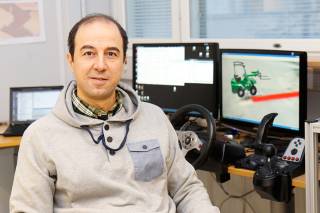
Reza’s wizardy is related to heavy machines automation, state estimation, optimization and control. In his recent work, he has focused on optimal control, machine learning for control and sensor fusion.
Annamaria Mesaros
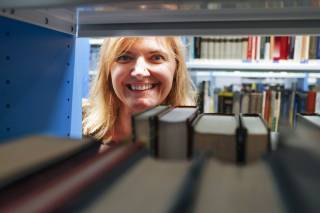
Annamaria’s team does wizardy on processing and analyzing audio signals and speech. She can tell from the sound of a machine is it about to be broken or even tell what machine is this. She can also make machines to obey your spoken commands. Her main research area is Machine Listening, with focus on Detection and Classification of Acoustic Scenes and Events. Her work includes different environmental sound detection and classification tasks, data collection and annotation procedures, evaluation methodology and metrics. Recently she has been promoting DCASE Challenge and Workshop, both through coordination work and publication of open data and research.
Roel Pieters
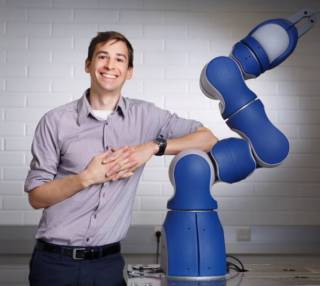
The main topic of Roel’s research is human-robot interaction, where research directions range from industrial and domestic robotics to inspection and maintenance of infrastructure. With the aim of bringing humans and robots closer together we pay attention to trust, cognition and communication in HRI. More information on Roel’s research and his group can be found on the Cognitive Robotics group’s Web site:
Arto Laitinen

Arto’s team looks robotics from a bit different angle to engineers: What is a human being and what is good human life? What is ethically good and bad, right and wrong? What is a society, and what makes a society good? How robots and artificial intelligence fit to our society? The developments of robotics and artificial intelligence provide a new context in which to approach these age-old questions in a new light. And the presence of philosophical and social scientific questions in research projects on robotics provide unexpected angles to seemingly merely technological problems.
Azwirman Gusrialdi

One of Azwirman’s research foci is to design scalable and resilient control algorithms for a distributed robotic network (robotic swarm) operating in an uncertain environment. His group’s recent work aims at realizing a super human-robotic network team by capitalizing human’s cognitive ability. The applications include monitoring, smart agriculture, and providing supports during pandemic. The results are also demonstrated and verified using distributed robotic systems available at the Networked Robotics Lab.
More info about the group: https://www.tuni.fi/en/research/intelligent-networked-systems-iines
Esa Rahtu
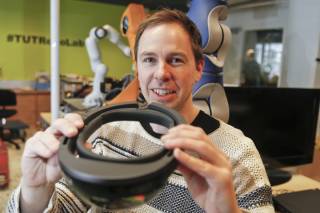
Esa is another computer vision and machine learning wizard in TAU Robotics community. Together with Joni he leads the Vision Group and Esa has many international contacts with whom he continuously collaborates in research and student exchange and visits.
Joni Kämäräinen
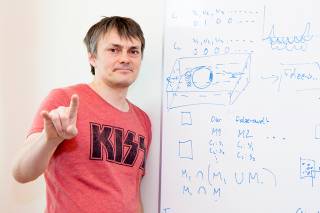
Joni’s research interests are computer vision, image processing, machine learning and pattern recognition. In his group the main goal is to develop methods that produce important semantic data from images and capture the 3D world. Important robotics applications are for example 6-degree-of-freedom object pose estimation for grasping, monitoring of human behavior in industrial setting, or learning to follow a path in an autonomous vehicle. More information about Joni’s research you can find from the Vision Group Web site:
